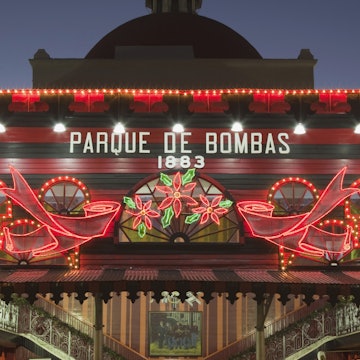

©emperorcosar/Shutterstock
Overview
Scented by slow-roasted pork and sea breezes, colored by swashbuckling history, this sun-washed medley of Spanish and American influences is a fusion of Caribbean delights.
Plan your trip with Guide, an AI travel planner!
Create a personalized trip itinerary in seconds using artificial intelligence.
Must-see attractions
Planning Tools
Expert guidance to help you plan your trip
Best Things to Do
Puerto Rico offers an incredible mashup of nature and culture, and these activities hit every note possible.
Read full article
Best Places to Visit
Beyond its dazzling beaches and well-known monuments, Puerto Rico spills out alluring destinations from one end of the island to the other.
Read full article
Best Time to Visit
Some seasons are especially alluring in Puerto Rico, depending on whether you want to be surfing, hiking or dancing in festival-filled streets.
Read full article
Things to Know
Get a head start on your perfect Puerto Rico trip with these insider tips.
Read full article
Transportation
Visitors most likely need to drive to get to every beautiful corner of Puerto Rico. Figure out all the options, including ferries, buses and rental cars.
Read full article
Visa Requirements
Puerto Rico is an incredible vacation destination, but don't ruin your trip over visa confusion. We've got all you need to know before you go.
Read full article
Money and Costs
Puerto Rico is one of the most popular islands in the Caribbean, but all that beauty comes with a price tag. Use our top tips to visit on a budget.
Read full article
Traveling with Kids
Explore the island as a family with this guide to the best things to do in Puerto Rico with babies, toddlers, kids and teens.
Read full article
Best Road Trips
Explore the beauty and culture of Puerto Rico on your own schedule by taking a scenic road trip. Here are five of our favorites.
Read full article
Get a book. Get inspired. Get exploring.
in partnership with getyourguide




















